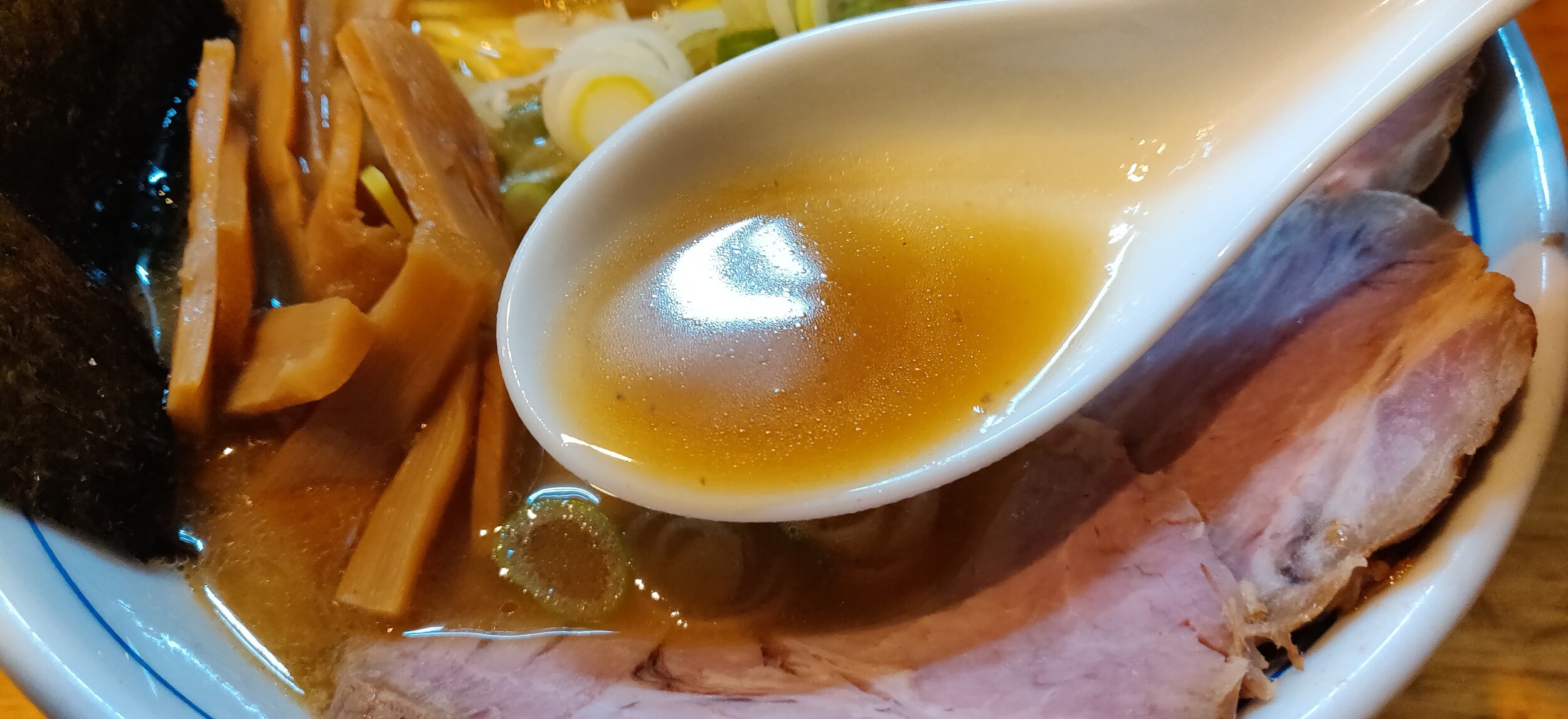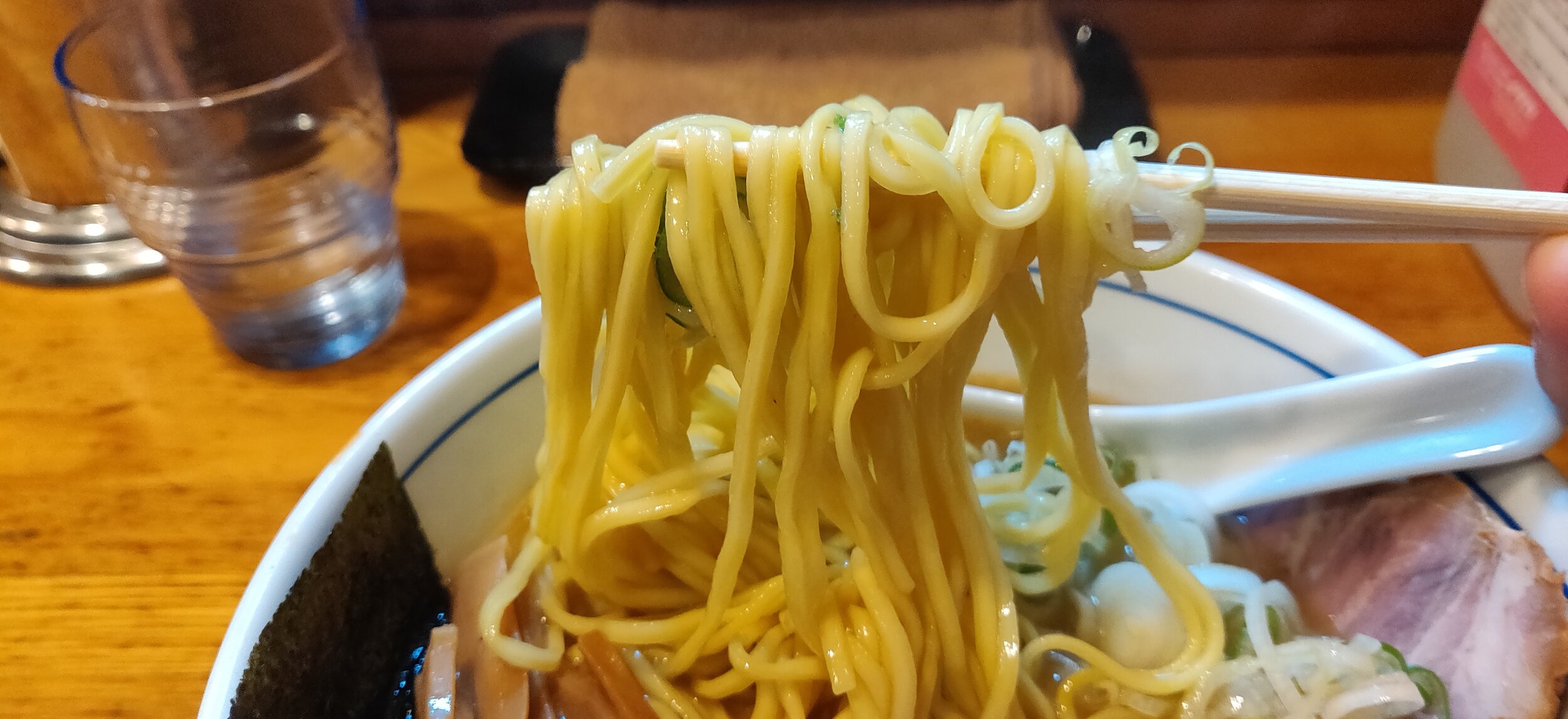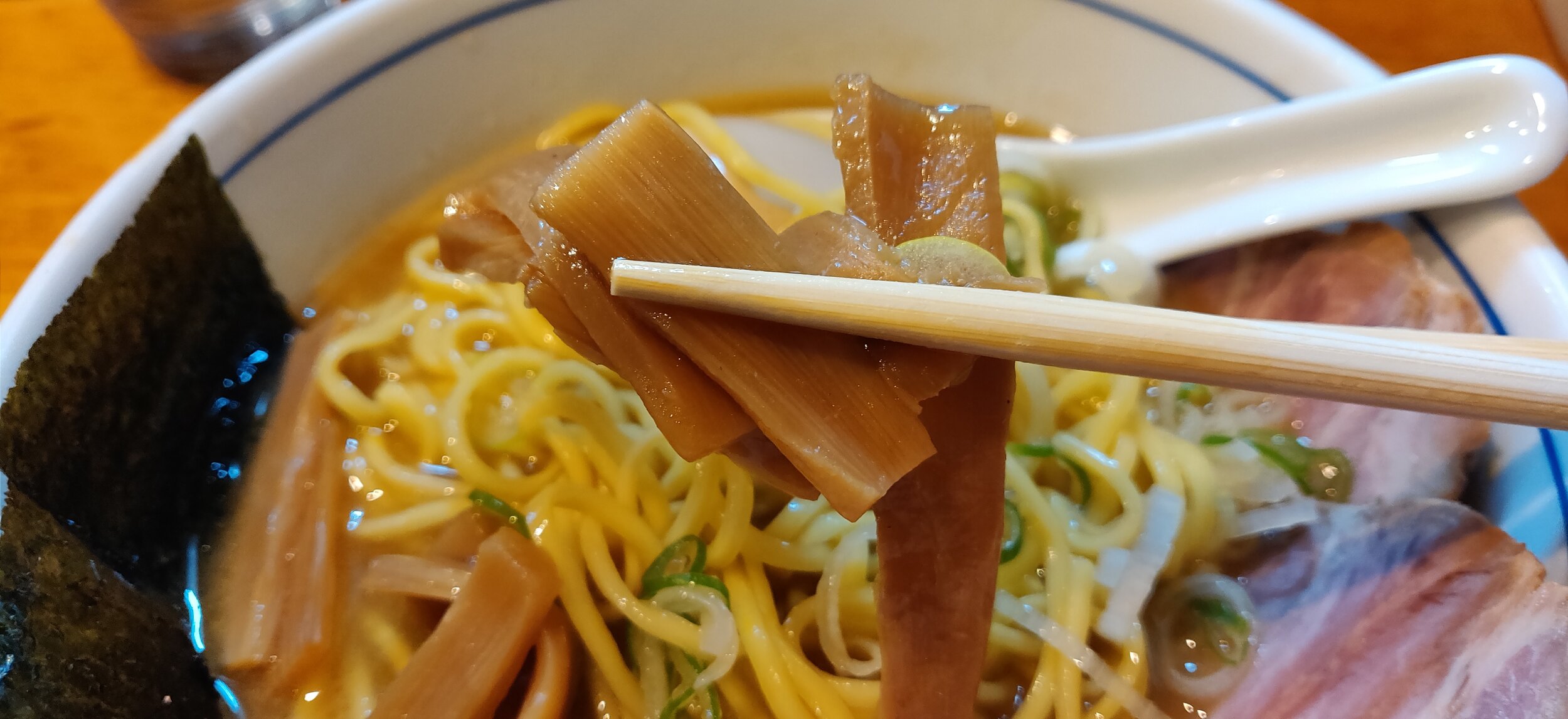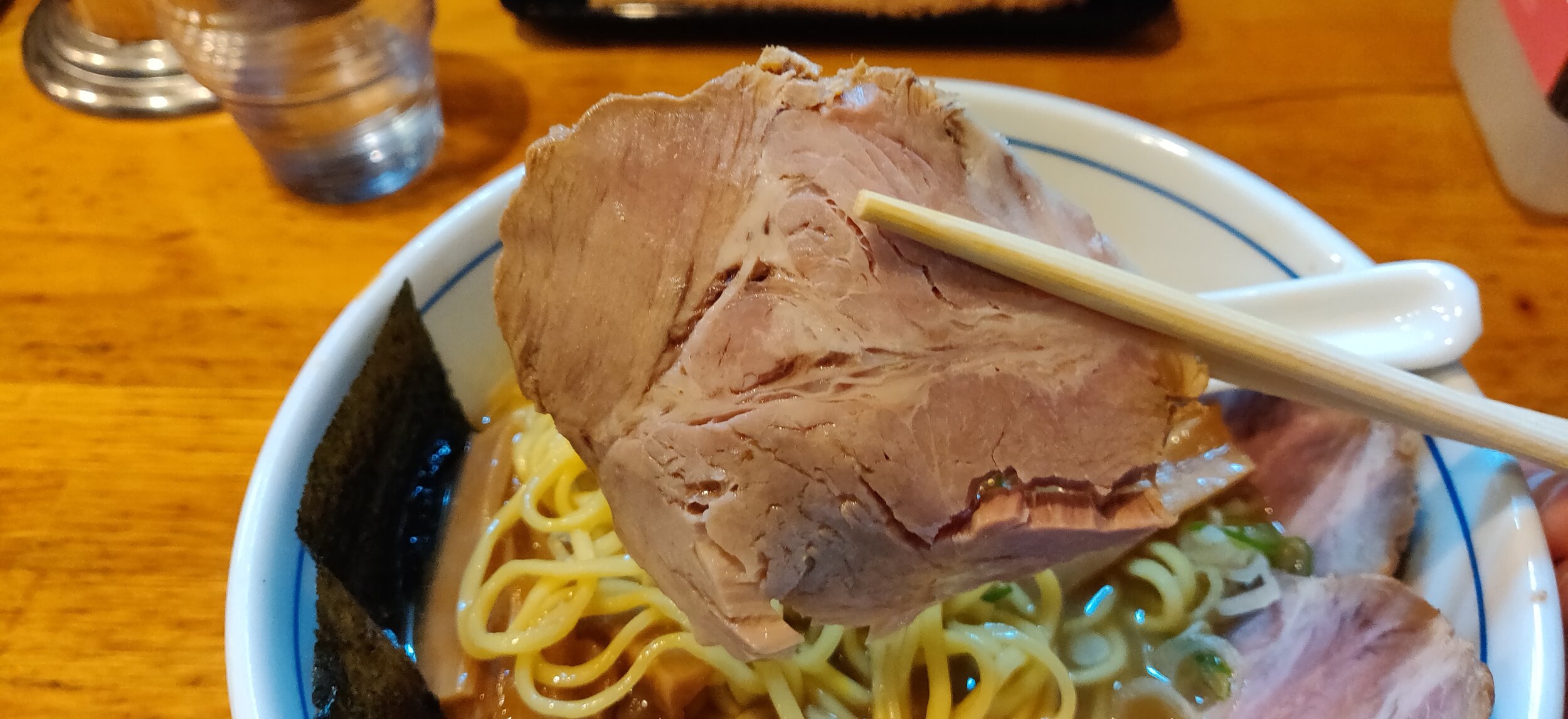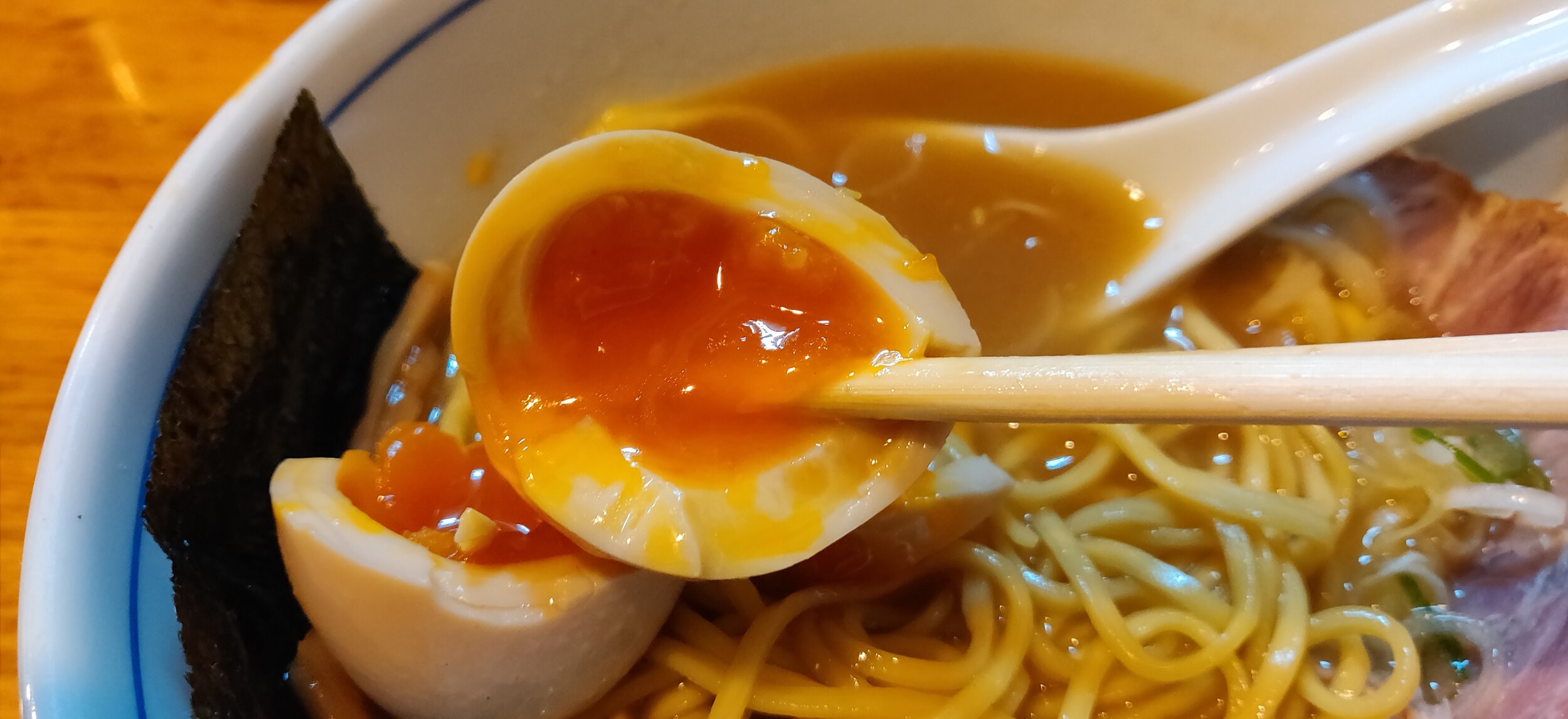Menya Hashimoto (麺屋 はし本), Higashi Ikebukuro Taishoken Trained Menya Hayashi Inspired; Nakano, Tokyo
Back in the depths of Nakano along the main roadway on the north side of the station is a quaint ramen shop with quite the ramen lineage and training. Menya Hashimoto is one of the premier restaurants in Tokyo featuring a Tonkotsu Gyokai W soup (more on this later). Already listed as a Top 100 ramen shop on Tabelog, Menya Hashimoto is on it’s way to taking many more awards. Not much of a surprise however getting his training from the legendary Yamagishi-san of Higashi Ikebukuro Taishoken and gaining inspiration from the famous Ramen Hayashi in Shibuya. To be honest, it’s not a complete stretch to go from Taishoken to a rich, creamy Tonkotsu Gyokai like this one and if you’ve got the basic training from one of the most legendary ramen chefs to ever live, you’re bound to serve up some phenomenal bowls, which Hashimoto does perfectly.
Menya Hashimoto is open Monday to Saturday from 11:30 to whenever they run out of soup. In most cases they run out by 17:00 so be aware that you might not be served if you visit too late in to the day. Menya Hashimoto is located walking distance from Nakano station, so I recommend coming as they open and venture around Nakano Broadway after lunch and make a day of it in the area. For whatever reason, Menya Hashimoto decided to post a sign in English reminding guests who may have allergies that the ramen contains pork, chicken, and seafood, but decided not to translate the actual menu so I’ll do that here. Simple menu really as they have a regular ramen in varying topping options and a spicy ramen in varying topping options which is the regular ramen with some chili peppers incorporated in to the soup. First row is the regular ramen and second row is the spicy. For both rows, from left the options are Ramen with Ajitama soft boiled egg, Ramen as is, and Tokusei ramen with all the extra toppings. Next row of buttons in white is the rice options starting with Gohan (regular rice), then Mentaiko Gohan (Japanese fish roe over rice), a Tamagokake Gohan (raw egg over rice), and Chashu Gohan (pork chashu over rice). Yellow buttons below that are the toppings starting with Ajitama soft boiled egg, Nori dried seaweed, Iwanori dried flaky seaweed, Menma bamboo shoots, and 3 extra slices of pork chashu. Blue button at the very button is for an Asahi Super Dry beer. My order for the day was the Tokusei Ramen.
From the time I sat down to the moment this beautiful bowl was presented in front of me was around 7-8 minutes. Upon first glance I seriously thought I was magically transported to Koukaibou or Kissou with how similar their ramen looked. But apart from the visual similarities, flavor wise, this was pretty bang on with the aforementioned Ramen Hayashi in Shibuya. While not quite as creamy of a soup, the complexity and overall balance was as close to Hayashi you could get. Anyways, my bowl came with three slices of pork chashu, a generous handful of menma bamboo shoots, heaping scoop of chopped negi, a slice of dried nori, and an Ajitama soft boiled egg. For 1050 yen I thought I got more than enough for my money and quite pleased with the bowl. I saw many of the customers behind me order one of the rice options and if I weren’t already planning a second bowl after this, I may have grabbed one, but I’ll save it for another visit.
Back to the soup. Honestly, and some of you may already know this, but I’m not the biggest fan of the Tonkotsu Gyokai W soup. As a Tsukemen, sign me up, but I always felt like the ramen version was a bit too much and the intense flavors were a bit overwhelming for my liking. However, I think Hashimoto solves my personal dilemma with the dish by taking down the brix a tad and making a thinner soup. You may be able to tell comparing the soup here and with other W soup shops I’ve reviewed, but it is noticeably less viscous. I do realize though that this is a major draw for many who do enjoy the Tonkotsu Gyokai ramen so do as you will with my opinions on Hashimoto’s soup. While consistency wise it is a tad thinner, flavor wise I thought it was still quite impactful. The tonkotsu is less pronounced getting a subdued pork bone funk, but the gyokai fish elements carried the load intensifying the umami flavors and meshing with the shoyu tare beautifully.
Noodles were the perfect texture and length for this style with a medium thick body to withstand the richness of the soup. Each strand was both chewy and bouncy, retaining it’s texture throughout the meal. It was a bit like the noodles resisted soaking up too much of the soup, but rather attracted it to the outer layer and made a glossy coating to the strands. Chashu was served cold, likely prepared the day before. I actually quite like this colder cut which you can only get if you’re one of the first few customers of the day, as the Master likely didn’t have time to bring the chashu up to room temp for serving. The hot and cold balanced off of each other and I thought it was actually better this way. Menma bamboo shoots was for sure the star of the show in terms of toppings and it likely is for many shops of this genre. I’m not sure what exactly makes W soup shops so great at flavoring their menma, but the Japanese sake notes with the shoyu savoriness and mirin sweetness really brought out the best of the menma. Ajitama soft boiled egg was cooked to a creamy yolk-y finish adding a velvety gloss and sheen to the soup and the negi did a wonderful job as a palette cleanse between bites.
Overall I thought Hashimoto was a solid shop. Since I’m not the biggest Tonkotsu Gyokai fan, I’m not quite sure I’ll ever make another visit, but this is a perfect top tier ramen shop to visit if you’re already in Nakano. Nakano is like a mini Akihabara and there is a ton to do so I highly recommend making a day trip out of it with Hashimoto in your lunch itinerary. If you’re a visitor to Japan looking for ramen recommendations, I suggest purchasing my Top 15 ramen shop eBook! It has tons of information on what I consider to be can’t miss Tokyo ramen shops and I also include tips on how to travel throughout Tokyo smoothly. I would appreciate your support and thanks in advance for purchasing!



